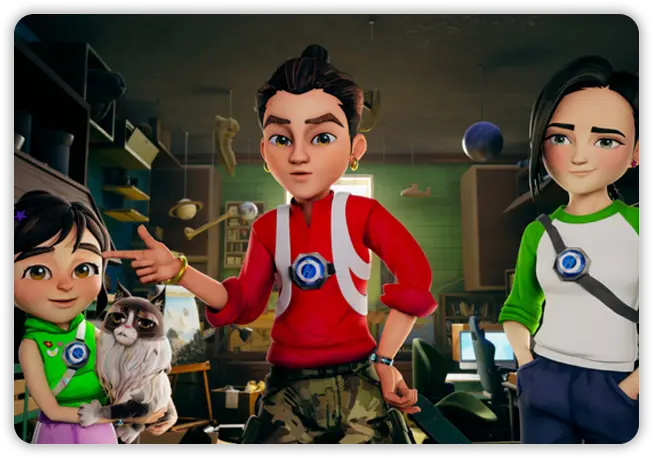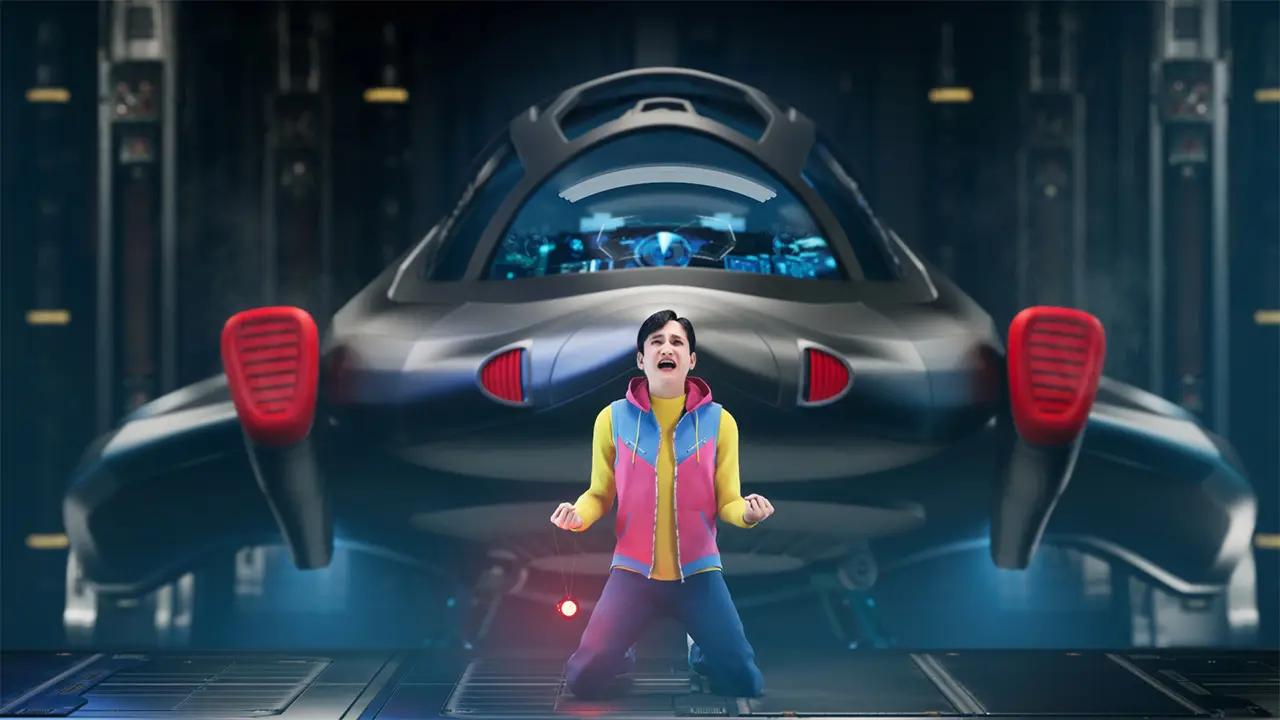
we embrace cutting-edge technology and styles, working on projects involving Unreal Engine, VFX, VR, AR, Motion Graphics, and Unity-based simulations to deliver quality output to our clients within the least turnaround time and at budget-friendly prices. With a relentless commitment to excellence, Prismart Productions has earned a reputation as a top-tier company excelling in multimedia, digital education, CG animation, 3D modeling and texturing, toon series, AR, VR, explainer videos, and short movie production.
India’s rich cultural heritage, diverse traditions, and mythology provide a treasure trove of inspiration for the country’s 3D animation industry. Integrating cultural elements into animation not only preserves these traditions but also makes the content resonate deeply with Indian audiences and intrigue international viewers. Here’s how Indian culture influences 3D animation:
1. Mythological Narratives
Ancient Epics and Stories: Indian epics like the Mahabharata and Ramayana have been adapted into animated series and films, capturing the imagination of audiences with their timeless tales of heroism, morality, and adventure. These stories provide a deep well of narrative material that is both familiar and beloved.
Deities and Legends: Characters based on Hindu deities and folklore, such as Krishna, Shiva, and Ganesha, are popular subjects. Animated series like “Chhota Bheem” draw heavily on these mythological figures, blending traditional stories with contemporary storytelling techniques.
2. Artistic Styles
Traditional Art Forms: Indian 3D animation often incorporates elements from traditional Indian art forms such as Madhubani, Warli, and Pattachitra. These styles bring a unique visual flair to animated content, differentiating it from Western animation styles.
Cultural Aesthetics: The use of vibrant colors, intricate patterns, and elaborate costumes inspired by various regions of India adds a distinct cultural touch to the animation, making it visually appealing and culturally rich.
3. Festivals and Celebrations
Cultural Festivals: Indian festivals like Diwali, Holi, and Navratri are frequently depicted in animations, showcasing the joyous and colorful aspects of these celebrations. These animations educate audiences about the significance of these festivals and promote cultural pride.
Seasonal Themes: Animations themed around different seasons, such as the monsoon or harvest time, reflect the agricultural heritage and seasonal cycles that are integral to Indian life.
4. Language and Music
Multilingual Content: India’s linguistic diversity is reflected in its animation industry, with content available in multiple languages like Hindi, Tamil, Telugu, Bengali, and more. This multilingual approach broadens the audience base and ensures inclusivity.
Musical Heritage: Indian classical and folk music often accompanies animated content, enriching the narrative and providing an authentic auditory experience. Traditional instruments and regional tunes enhance the cultural atmosphere of the animations.
5. Contemporary Cultural Themes
Social Issues and Morals: Modern Indian 3D animations often address contemporary social issues such as gender equality, environmental conservation, and education, blending these themes with cultural contexts to promote awareness and positive change.
Urban and Rural Dichotomy: The contrast between urban and rural life in India provides a rich tapestry for storytelling, showcasing the dynamic range of experiences and lifestyles within the country.
6. Global Appeal with a Local Touch
Cross-Cultural Collaborations: Indian animation studios are increasingly collaborating with international partners, creating content that maintains Indian cultural elements while appealing to a global audience. This fusion enhances the global visibility of Indian culture.
Universal Themes: While deeply rooted in Indian culture, many animations explore universal themes of love, bravery, and friendship, making them relatable to audiences worldwide.
Case Studies of Cultural Influence in Indian 3D Animation
1. Chhota Bheem
Synopsis: An animated series inspired by Indian mythology, focusing on the adventures of Bheem, a brave and strong boy.
Cultural Elements: Incorporates stories from Indian folklore, traditional Indian attire, and festive celebrations.
2. Mighty Little Bheem
Synopsis: A spin-off prequel to “Chhota Bheem,” focusing on Bheem’s early years and his mischievous adventures.
Cultural Elements: Depicts rural Indian life, festivals, and the close-knit community dynamics.
3. Hanuman: Da’ Damdaar
Synopsis: A feature film that reimagines the story of Hanuman, the monkey god, as a child.
Cultural Elements: Integrates mythology with modern animation techniques, bringing ancient stories to life for contemporary audiences.




